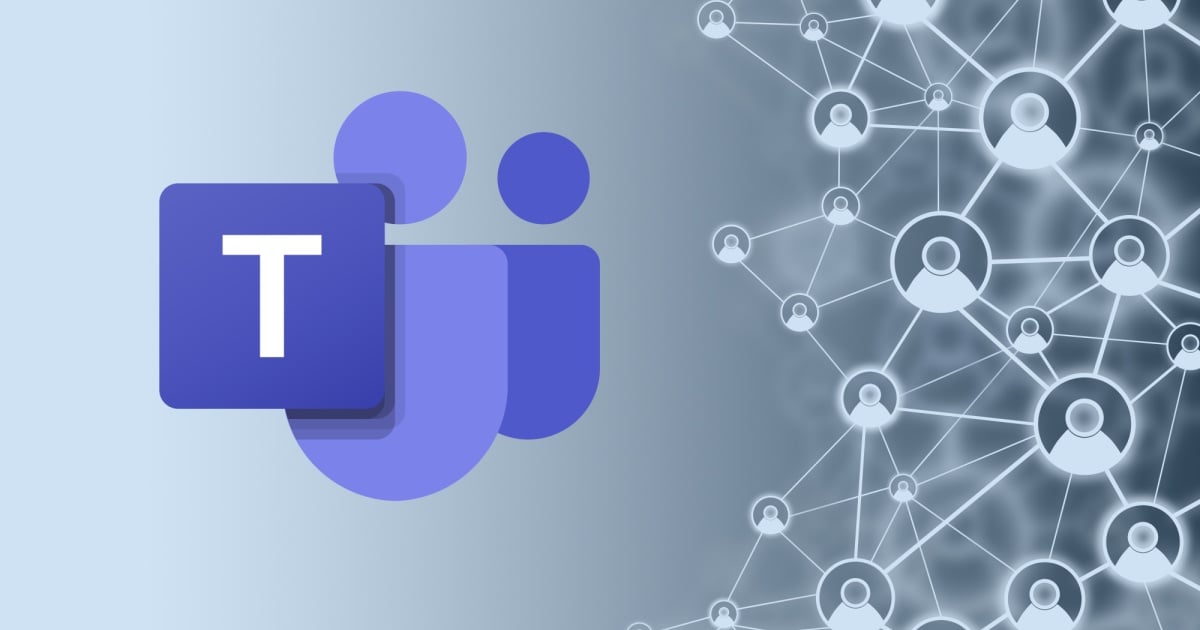Huawei is a massive information and communications technology (ICT) company that many in the U.S. have never heard of. The company hopes to change all that with a new open cloud fabric and ambitious plans for an ecosystem to support it. At the same time Huawei announced a strategic partnership with Microsoft to deliver joint data center solutions.
It was a year ago May when Huawei its CloudEngine line of switches to support the company’s CloudFabric Solution. Together the switches and the fabric provide what Huawei believes is a core underpinning for the building of cloud data centers, and more than 100 shops have bought into CloudFabric. The company has also sold more than 500 CloudEngine 12800 core switches.
The new Open Cloud Fabric and Ecosystem approach is designed in part to accommodate virtualization and the rise of Software-Defined Networking (SDN). Running on top of these technologies, one should more easily be able to build virtualized and elastic data centers.
There are two factors in the Open Cloud Fabric equation, Open Controller and Open Fabric.
“Huawei's Open Fabric is designed to integrate with mainstream cloud platforms and third-party controllers using Huawei's open application programming interfaces (APIs) or industry standard protocols and interfaces such as OpenFlow,” the company said. “The forwarding data-plane is also open.”
Ecosystem
In a none too shabby move, Huawei signed up Microsoft as a founding member of the new ecosystem, and new joint solution has already been unveiled. The Huawei/Microsoft Data Center offering supports hybrid SDN/HDN features.
“The joint solution provides a comprehensive strategy that takes advantage of Huawei's CloudEngine 12800 advanced hardware platform to deliver accelerated high-performance gateway capabilities into Microsoft Hyper-V Network Virtualization environments. This architecture and solution provide scalable and reliable interconnection between virtualized and non-virtualized traditional platforms or smooth migration from legacy environments to advanced virtualized environments,” Huawei said. “When combined with the simplified management via the direct integration of the CloudEngine platforms with Microsoft System Center and Microsoft Windows Server, enterprises will find an invaluable solution to real-world challenges brought on by evolution and business-driven disruption in the data center.”
Huawei and Network Managed Services
One market Huawei is huge in is Network Managed Services. According to ABI Research, three vendors including Ericsson, Huawei and Nokia own 80 percent of this market.
Meanwhile these three vendors are sharing a relatively fixed pie, at least this year where growth is basically flat.
This echoes similar research ABI released in April. Here ABI predicted that the double digit growth the market had experienced will fall to a CAGR of 7 percent between 2012 and 2018.
The market might be flat but there is some movement amongst the top players. Ericsson remains in top place, but Huawei has overtaken Nokia for second spot.
According to IDC, the top benefits of managed network services include around the clock support (53 percent) lowering costs of network operations (50 percent), boosting network performance and availability (39 percent), and letting IT focus on more strategic work (33 percent).
Huawei and Managed Communications
Huawei is also huge in Managed Communications. In a report distributed by Market Research Reports, Inc., this market isn’t quite booming, but isn’t too shabby either. The research itself was published by Mind Commerce Publishing.
“Carriers' desire to cut Operating Expenses (OpEX) and CapEx has driven growth in the telecom outsourcing market by 4 percent CAGR and is expected to reach $76 billion by 2016. The top players such as Alcatel-Lucent, Ericsson, Huawei, and Nokia Siemens Networks dominate the market and remain committed to provide managed services,” the report said.
ABI Research has a somewhat different take. It believes while the market is growing that growth is slowing considerably. Over the next 5 years average growth with be around 7 percent far less than the double-digit growth we had been experiencing. Souring the market a bit are lower capital expense budgets for telcos and the fact that these managed services for telcos aren’t always what they are cracked up to be.
Edited by
Cassandra Tucker






